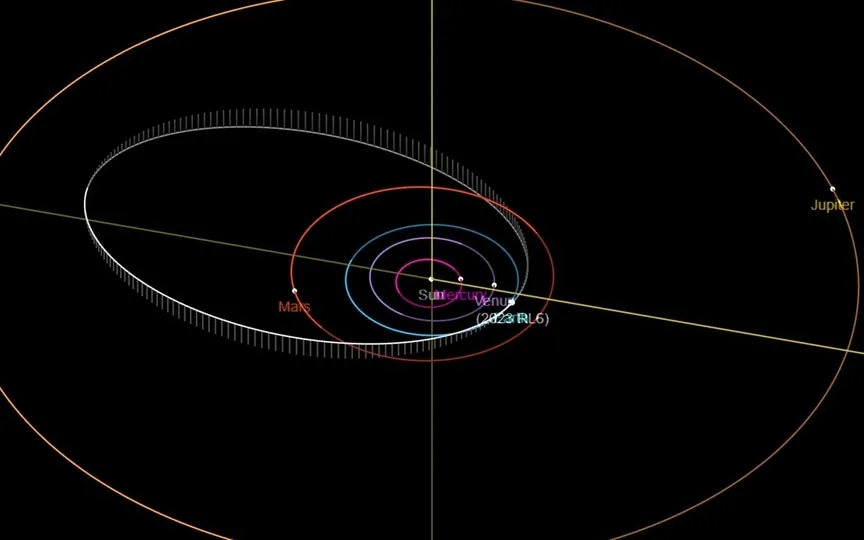NASA Warns of Imminent Asteroid Approach Following Discovery of Meteor Crater on Beach
Asteroids that come close to Earth pose a potential danger of colliding with our planet. In recent times, there have been multiple instances where asteroids narrowly missed hitting Earth. For instance, in February, a rock measuring 2 feet in width disintegrated approximately 33 kilometers above the Earth’s surface. On July 6, a meteor crashed, rebounded off a roof, and struck a woman in the chest while she was enjoying a cup of coffee on her terrace in the village of Alsace, Eastern France. Now, another meteor and the resulting impact crater have allegedly been sighted by a dog walker on Portmarnock Beach in Ireland.
Although none of these asteroids were large enough to cause major damage, these close calls underscore the importance of finding, tracking, and studying asteroids, even in the asteroid belt. NASA has now used its advanced equipment to shine a light on the asteroid that is expected to make its closest approach to Earth today.
Asteroid 2023 RL6
NASA monitors asteroids, comets, and other Near Earth Objects (NEOs) for possible close approaches that could threaten Earth. The space agency has issued a warning about an asteroid that will come very close to Earth today, September 14. According to the details, the asteroid, named Asteroid 2023 RL6, will pass the Earth at a distance of about 3.2 million kilometers.
While not a planet killer, this asteroid is still huge, with an estimated width of 72 feet by 160 feet, making it the size of an airplane! It’s also bigger than the 59-foot-long Chelyabinsk asteroid that exploded over the Russian city in 2013 and caused some damage.
The asteroid not only misses the earth at close range, but is hurtling towards us at blistering speed. NASA has revealed that asteroid 2023 RL6 is approaching Earth at a dizzying speed of 32,994 kilometers per hour.
Other details
This space rock belongs to the Cupid group of Near-Earth Asteroids, which are near-Earth asteroids whose orbits are outside the Earth but inside Mars. The asteroid is named after the asteroid 1221 Amor, discovered in 1932 by the Belgian astronomer E. Delporte. .
Shockingly, this will be the first close-to-Earth approach in history for Asteroid 2023 RL6, although it has passed the planet before, albeit much further back on June 10, 1968. According to NASA’s Small-Body Database Lookup, it won’t be in the near future.




